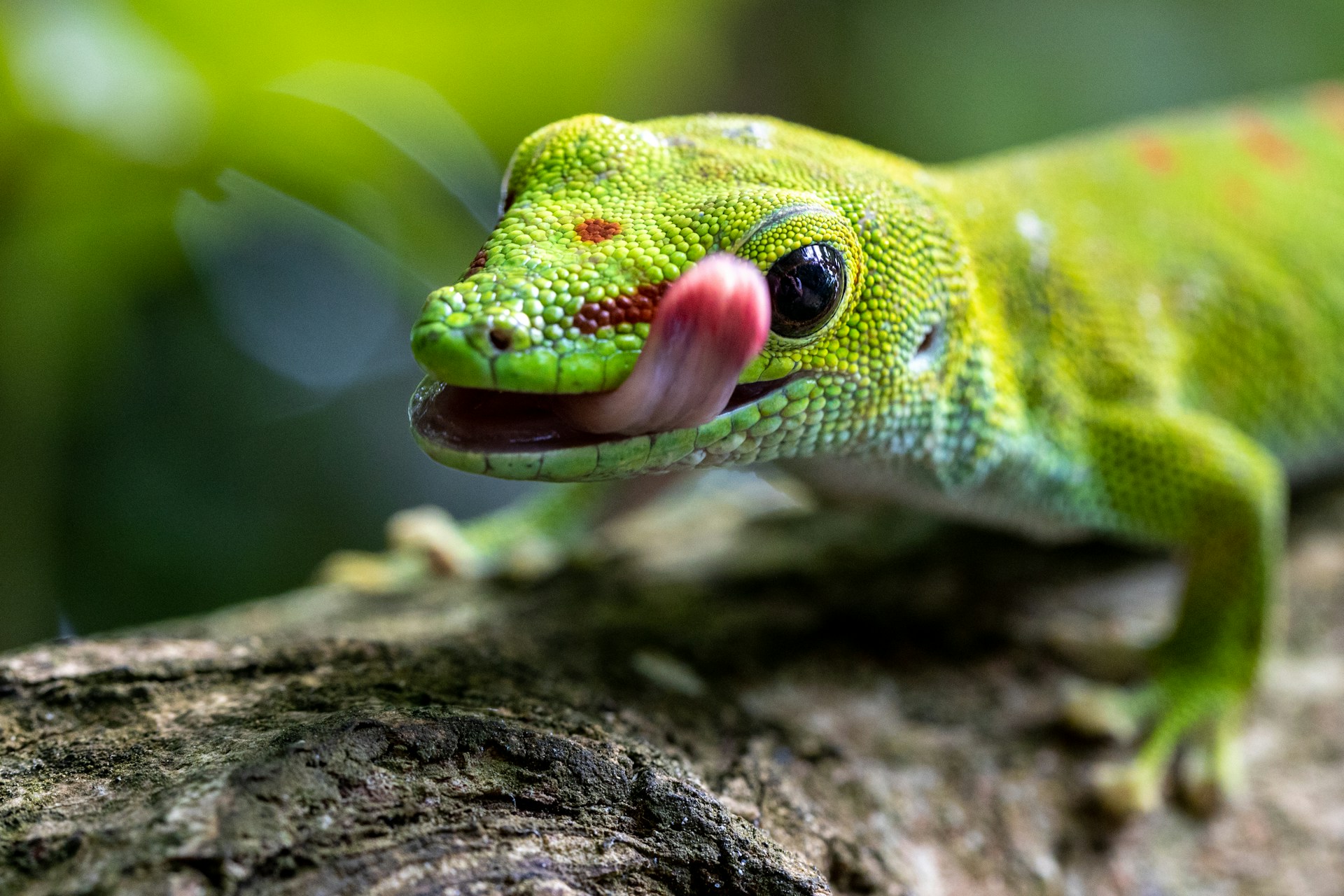In the fascinating world of reptiles, lizards stand out for their diversity and remarkable adaptations. While many reptiles are known for their longevity compared to mammals of similar size, certain lizard species have evolved extraordinary lifespans that defy our expectations.
These ancient creatures have perfected the art of survival through millions of years of evolution, developing biological mechanisms that allow them to live decades longer than one might expect. From the mighty Komodo dragon to the unassuming tuatara, the longest-living lizard species offer fascinating insights into vertebrate aging and longevity.
Their incredible lifespans not only captivate scientific interest but also highlight the remarkable resilience and evolutionary success of these prehistoric survivors in our modern world.
The Tuatara: New Zealand’s Living Fossil

The tuatara (Sphenodon punctatus) isn’t technically a lizard but rather the last surviving member of an ancient reptile order called Rhynchocephalia that lived alongside dinosaurs 200 million years ago. Native to New Zealand, these remarkable creatures can live for an astonishing 100-120 years in the wild, with some possibly reaching ages of up to 200 years.
Their extremely slow metabolism and growth rate contribute significantly to their exceptional longevity, with some individuals continuing to grow well into their 60s. The tuatara’s remarkable lifespan is complemented by its slow reproductive rate – females only breed every 2-5 years, laying a single clutch of eggs. Their biology is so unique that scientists study them extensively to understand evolutionary mechanisms of aging and longevity in vertebrates.
Komodo Dragons: The Lengthy Lives of Giant Lizards

The Komodo dragon (Varanus komodoensis), Earth’s largest living lizard species, boasts an impressive lifespan that matches its formidable size. In the wild, these Indonesian giants typically live 30-50 years, while captive specimens have been known to reach ages exceeding 60 years with proper care. Their longevity is particularly remarkable considering their large body mass, as larger animals typically face greater cellular damage and aging challenges.
Komodo dragons grow continuously throughout much of their lives, albeit at progressively slower rates as they age. Their long lifespan allows dominant males to establish and maintain breeding territories for decades, passing down genetic advantages that likely contributed to their evolutionary success as apex predators.
Gila Monsters: Long-Lived Desert Dwellers

The venomous Gila monster (Heloderma suspectum) of the southwestern United States and northwestern Mexico demonstrates remarkable longevity despite its harsh desert habitat. These distinctive black and orange/pink lizards typically live 20-30 years in the wild, but captive specimens have reached ages of 35-40 years.
Their long lifespan correlates with their extremely slow metabolism and unique ability to store fat in their tails, allowing them to survive for months between meals. Gila monsters spend up to 95% of their lives in underground burrows, which protects them from extreme temperatures and predators while conserving energy.
Their venom contains compounds that regulate blood sugar and metabolism, some of which have led to diabetes medications, suggesting potential connections between their metabolic adaptations and longevity.
Green Iguanas: The Long-Term Pet Commitment
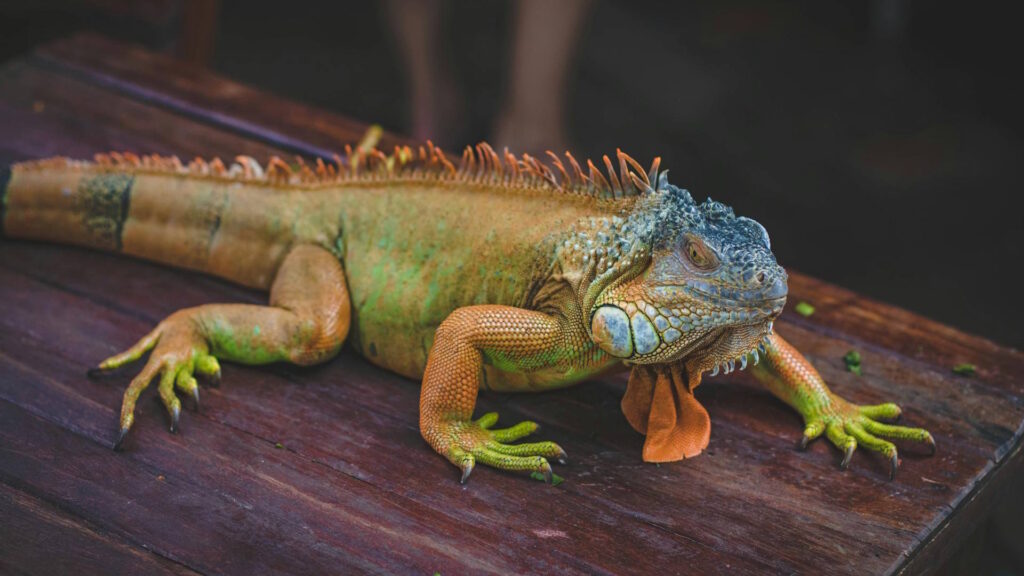
The green iguana (Iguana iguana), popular in the pet trade, surprises many owners with its impressive potential lifespan of 20-30 years with proper care. In excellent captive conditions with optimal nutrition, temperature regulation, and veterinary care, some specimens have been documented living beyond 35 years.
Their longevity represents an important ethical consideration for potential pet owners, as acquiring an iguana represents a multi-decade commitment comparable to having a parrot. Wild green iguanas typically have shorter lifespans of 10-15 years due to predation, disease, and environmental stressors.
Their relatively long life for their size may be connected to their herbivorous diet, which some studies suggest correlates with increased longevity across various animal groups.
Chinese Crocodile Lizards: Ancient Aquatic Specialists

The Chinese crocodile lizard (Shinisaurus crocodilurus), a semi-aquatic species native to southern China and northern Vietnam, can live 15-20 years in the wild and up to 30 years in captivity. This endangered living fossil has changed little over millions of years and represents a fascinating example of evolutionary longevity.
Their specialized lifestyle, spending much time immersed in cool mountain streams, may contribute to their long lifespans through metabolic regulation. Chinese crocodile lizards grow slowly and reach sexual maturity relatively late for their size, at around 3-4 years of age, following the general pattern of slower life histories correlating with longer lifespans.
Their remarkable longevity makes their endangered status particularly concerning, as each lost individual represents decades of potential reproductive contribution to the species.
Blue-Tongued Skinks: Oceania’s Hardy Survivors

Blue-tongued skinks (Tiliqua species) from Australia and surrounding regions regularly live 15-20 years in the wild and 20-30 years in captivity, with documented cases of individuals surpassing 30 years. Their robust build, omnivorous diet, and adaptability to various habitats contribute to their impressive longevity.
These lizards employ a strategy of slow, steady growth and development, not reaching sexual maturity until 2-3 years of age despite their relatively large size. Blue-tongued skinks have efficient immune systems that help them resist various infections and parasites that might otherwise shorten their lives.
Their popularity in the pet trade has led to extensive documentation of their aging patterns, with many owners reporting their skinks remaining active and healthy well into their third decade of life.
Leopard Geckos: Desert Specialists with Surprising Longevity

The leopard gecko (Eublepharis macularius) from arid regions of Afghanistan, Pakistan, and India demonstrates remarkable longevity for its small size, commonly living 15-20 years in captivity with some well-documented cases exceeding 30 years.
Their impressive lifespan may be partly attributed to their crepuscular lifestyle, which limits exposure to the harsh desert sun and reduces metabolic demands compared to fully diurnal species. Leopard geckos possess the ability to regenerate their tails and store fat reserves in them, which may contribute to their resilience and longevity.
Their relatively slow sexual maturation, reaching breeding age at 1-2 years, follows the pattern seen in many long-lived species. Female leopard geckos appear to live slightly longer than males on average, a pattern observed in many vertebrate species including humans.
Biological Mechanisms Behind Lizard Longevity
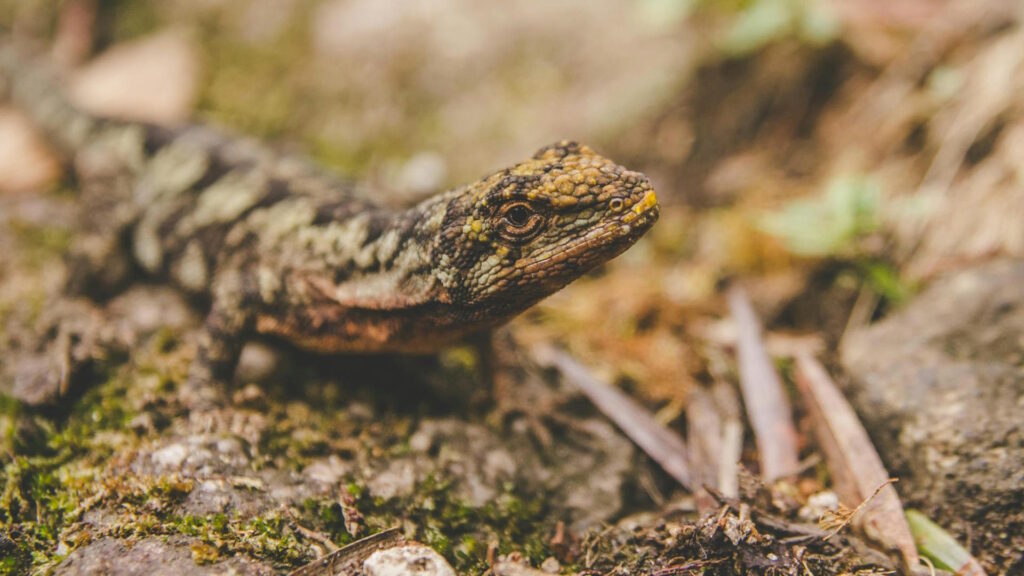
Several biological adaptations contribute to the impressive lifespans of many lizard species, particularly their indeterminate growth pattern which allows continued growth throughout life, albeit at decreasing rates with age. Unlike mammals, many lizards exhibit negligible senescence, showing few signs of aging-related decline until very late in life, with some species maintaining reproductive capabilities almost until death.
Ectothermic metabolism provides a significant advantage for longevity, as the lower energy expenditure of cold-blooded animals results in reduced oxidative stress and cellular damage compared to endothermic mammals of similar size. Recent research into telomere dynamics in long-lived lizards suggests they may maintain telomere length more effectively than shorter-lived species, potentially slowing cellular aging processes.
Some evidence indicates that certain lizard species have enhanced DNA repair mechanisms and more efficient antioxidant systems that contribute to their extended lifespans.
Environmental Factors Affecting Lizard Lifespan
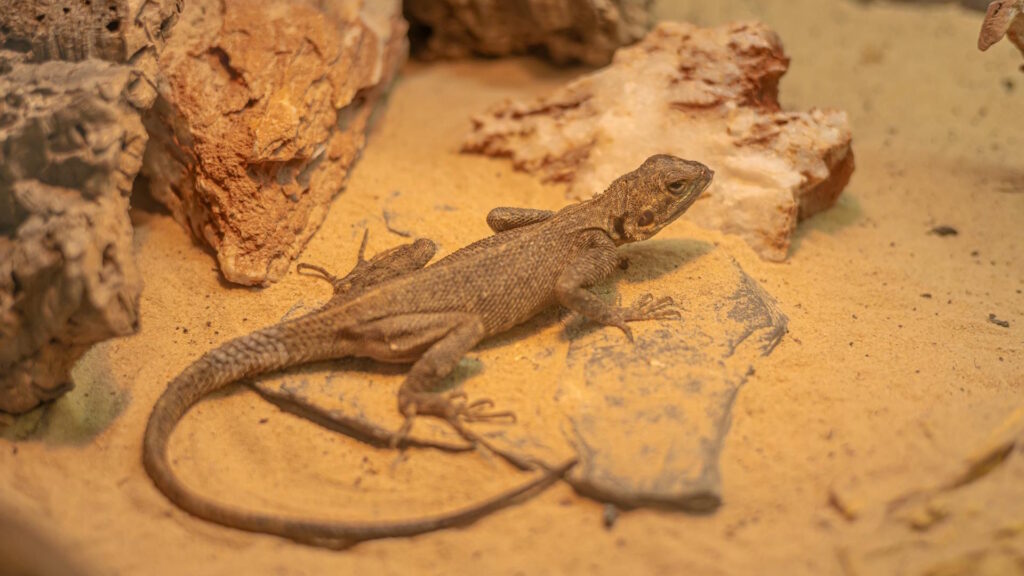
Temperature plays a crucial role in lizard longevity, with species living in cooler environments often living longer due to slower metabolic rates and reduced accumulated cellular damage over time. Habitat stability appears to correlate with increased lifespans, as species from unchanging environments like underground burrows or isolated islands typically live longer than those from more variable or harsh habitats.
Predation pressure significantly influences evolution of lifespan, with species that have few natural predators (like Komodo dragons or island species) often evolving longer lifespans than those under constant threat. Seasonal variations in food availability can drive adaptations for fat storage and metabolic regulation that contribute to extended lifespans, particularly in desert-dwelling species.
Human impacts, including habitat destruction, climate change, and introduction of invasive species, are now threatening many long-lived lizard species, potentially cutting short their remarkable potential lifespans.
Captive Care and Longevity Records
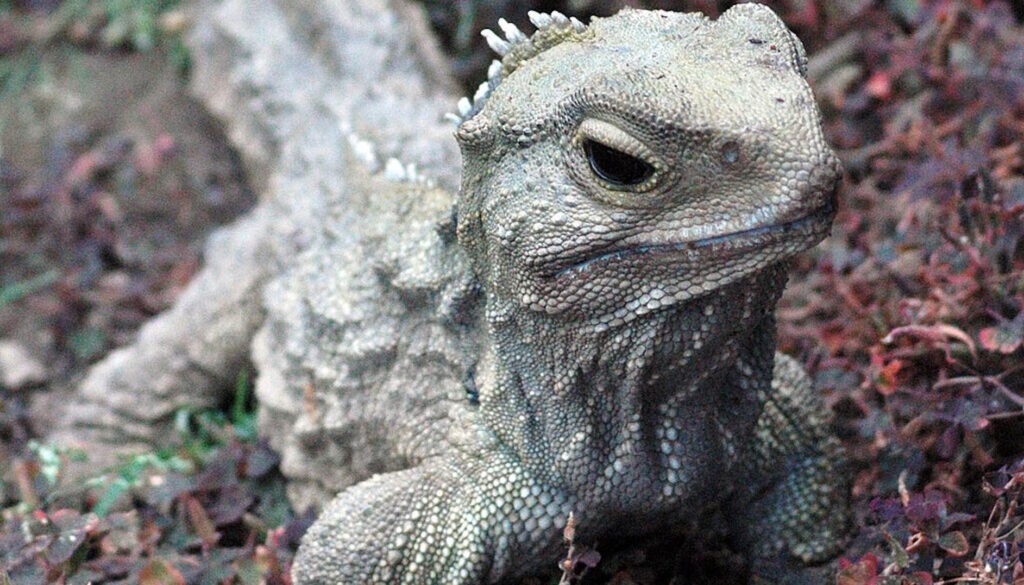
The longest documented lifespan for a captive lizard belongs to a tuatara named Henry at Southland Museum in New Zealand, who was estimated to be over 120 years old when he successfully fathered offspring at the age of 111 in 2009.
Proper temperature regulation stands as perhaps the most critical factor in promoting longevity in captive lizards, as incorrect thermal environments can dramatically accelerate metabolism and aging. Nutritional quality significantly impacts captive lizard lifespan, with balanced diets appropriate to each species’ natural requirements supporting healthier aging and reducing obesity-related complications.
Regular veterinary care, particularly preventative parasite treatments and early disease intervention, has dramatically increased potential lifespans for captive specimens compared to earlier decades. Responsible captive breeding programs for endangered long-lived species serve a vital conservation role, maintaining genetic diversity and providing insurance populations for species that would otherwise face extinction.
Comparing Lizard Longevity to Other Vertebrates
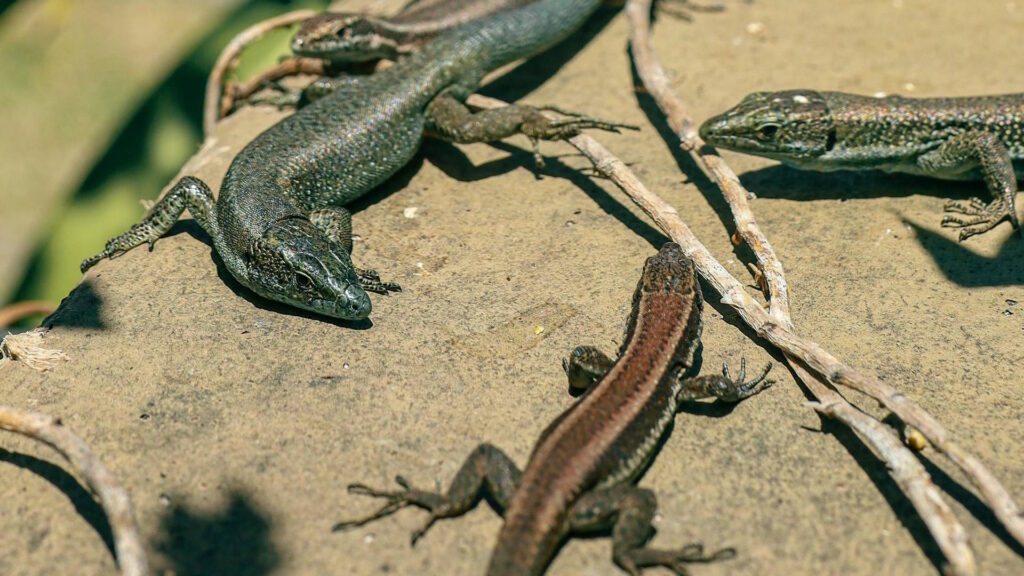
Lizards generally outlive mammals of equivalent size, with a mouse-sized gecko potentially living 15+ years compared to a house mouse’s typical 2-3 year lifespan. This longevity difference largely stems from the metabolic advantages of ectothermy.
When compared to other reptiles, lizards typically have shorter lifespans than turtles and crocodilians, which can live for many decades or even centuries in some species. However, lizards generally outlive most amphibians of similar size. A
mong lizards themselves, there’s a general trend correlating larger body size with increased longevity, though this pattern has numerous exceptions. Interestingly, while birds are endothermic, many share surprising longevity traits with lizards, including negligible senescence in some species, suggesting convergent evolution of certain aging-resistance mechanisms.
The study of these comparative lifespan differences provides valuable insights into the fundamental biological mechanisms of aging across vertebrate groups.
Research Applications of Long-Lived Lizard Species

Scientists are increasingly studying long-lived lizard species to identify genetic factors and biological mechanisms that contribute to extended lifespans, potentially offering insights applicable to human aging and age-related diseases. The tuatara genome was sequenced in 2020, revealing unique genetic adaptations possibly connected to its remarkable longevity, including specialized genes involved in DNA repair and protection against oxidative damage.
Comparative studies between short-lived and long-lived lizard species provide natural experiments to isolate factors that promote extended healthy lifespans. Research into cell senescence pathways in long-lived reptiles has identified novel mechanisms for removing damaged cells that could inform therapeutic approaches in humans.
The remarkable regenerative abilities of many lizard species, particularly their capacity to regrow complex tissues like tails, may offer insights into therapeutic tissue regeneration and healing processes that maintain functionality into advanced age.
Conservation Challenges for Long-Lived Species
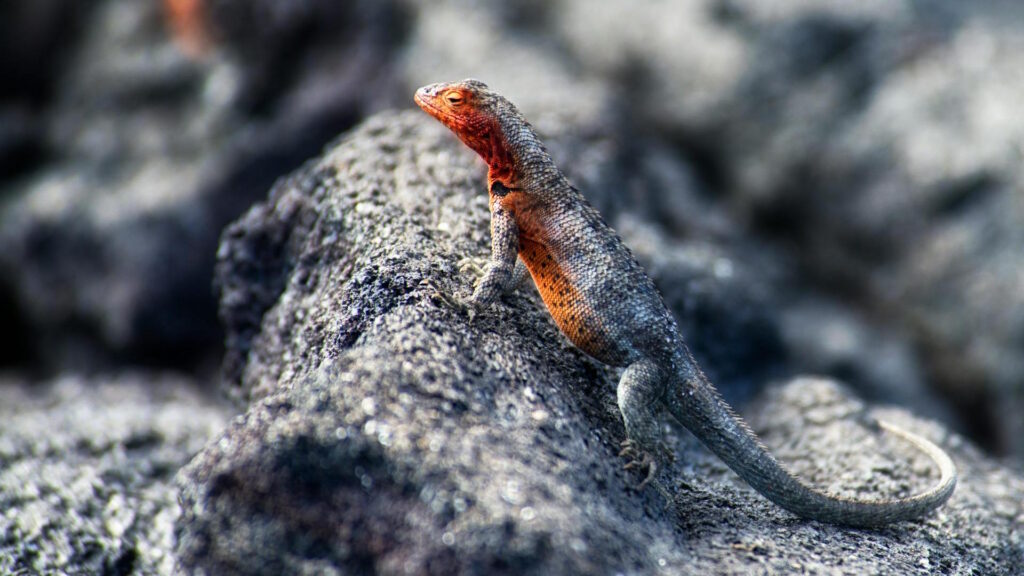
Long-lived lizard species face unique conservation challenges due to their typically slow reproductive rates, which make population recovery particularly difficult following declines. Climate change presents an existential threat to many long-lived lizard species, potentially disrupting temperature-dependent sex determination systems and altering habitat suitability faster than evolutionary adaptation can occur.
The specialized habitat requirements of many long-lived lizard species, often evolved over millions of years in stable environments, make them particularly vulnerable to human-caused habitat modifications. Invasive predators have devastated populations of long-lived island lizards, which often evolved in environments with few natural predators and thus lack appropriate defensive behaviors.
The illegal wildlife trade particularly targets many long-lived species due to their rarity and appeal to collectors, with wild populations of Chinese crocodile lizards and various monitor species suffering significant impacts from poaching.
Conclusion
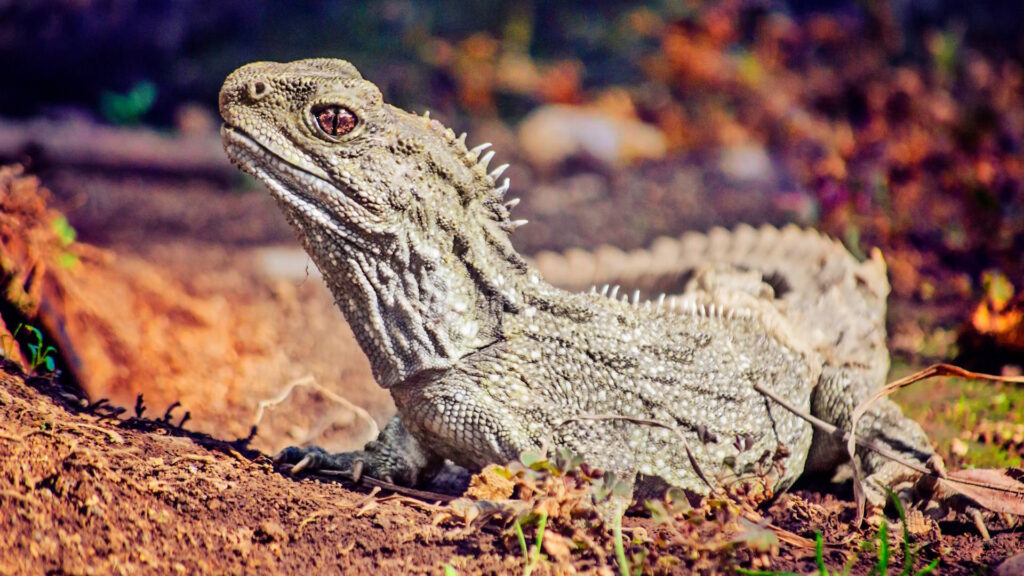
The remarkable longevity of certain lizard species offers a window into the biological possibilities of aging and lifespan extension. From the ancient tuatara that may live two centuries to the humble leopard gecko that significantly outlives mammals of comparable size, these reptiles demonstrate the diversity of evolutionary approaches to longevity. Their lengthy lives represent not just biological curiosities but valuable scientific resources for understanding the fundamental mechanisms of aging.
However, this longevity also brings vulnerability in our rapidly changing world, as slow reproduction and specialized adaptations make population recovery challenging when faced with modern threats. As we continue to unravel the secrets behind these extraordinary lifespans, we simultaneously face the urgent responsibility of ensuring these ancient survivors maintain their place in our world’s ecosystems for generations to come.



